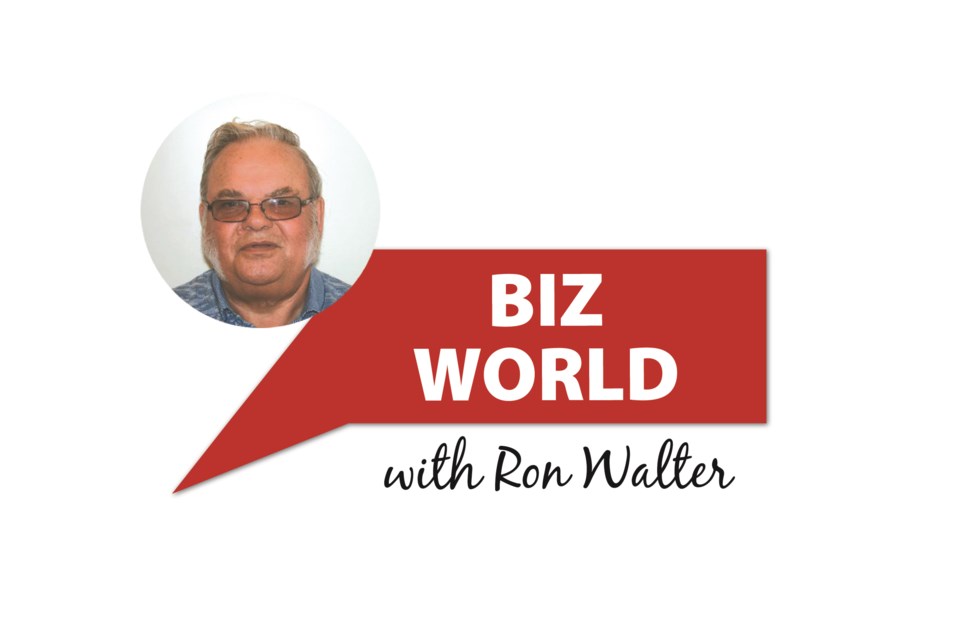When Yours Truly was in school he solved some math problems by unorthodox means.
Right answer or not, I was docked marks because I was unable to explain the correct way to get the answer.
That’s apparently what happened with the Saskatchewan Assessment Management Agency (SAMA) when evaluating Moose Jaw commercial properties for the last property reassessment in 2021.
City council and the city manager, facing about 80 frustrated small business owners, asked SAMA to re-evaluate with a secondary audit.
The city manager admitted SAMA couldn’t explain how it arrived at some assessments.
The delegation was led by Kristy Van Slyck and Bernie Dombowsky, local business owners. They asked the city to have SAMA do a secondary audit of Moose Jaw commercial properties.
Legislation has allowed SAMA’s quality assurance division to do secondary audits since 2006. None have ever been done, suggesting SAMA thinks its work is perfect.
The root of the frustration in Moose Jaw is something called the cap rate. The cap rate is a simple formula dividing property market value by income to arrive at a percentage.
A low cap rate increases value and the property taxes. A higher cap rate decreases the value and taxes owing.
The cap rate seems to have overvalued some properties. Different cap rates have been used than in the previous assessment.
A number of smaller, older properties have been assessed a three per cent cap rate while newer properties in similar locations have nine percent cap rates.
Example: an older 3,000 square foot property at three per cent cap rate saw property taxes jump over 100 per cent to $13,378 from $6,422. A newer larger building in a similar location saw taxes fall by just over 50 per cent to $5,806 from $11,613.
None of this makes sense.
How can a 3,000 square foot space command more rent than a larger, newer building?
Underlying the cap rate is the market value used. In most cases, there are no market comparables of commercial property to assess its value members of on the market.
That requires the SAMA assessor to use other means of evaluating the property — reconstruction value or a visit to assess the property.
Since the number of properties is too numerous to visit, that method is out of the question cost-wise.
Given that SAMA is unable to explain how it arrived at these values, a secondary audit is in order.
The tax system is supposed to be fair to all. That certainly isn’t what happened here.
In past re-assessments when taxes were too burdensome (100 per cent increase) city council gave owners a four year phase-in of the increase to ease the burden. Our mostly newly elected council in 2020 failed to do that.
The quality assurance division of SAMA, will do any audit. The division shares office space with SAMA but is supposed to be independent. We’ll see.
Note: If SAMA does an audit and assessments are reduced other commercial properties will pick up the lost taxes from lower assessments.
Ron Walter can be reached at [email protected]
The views and opinions expressed in this article are those of the author, and do not necessarily reflect the position of this publication.




